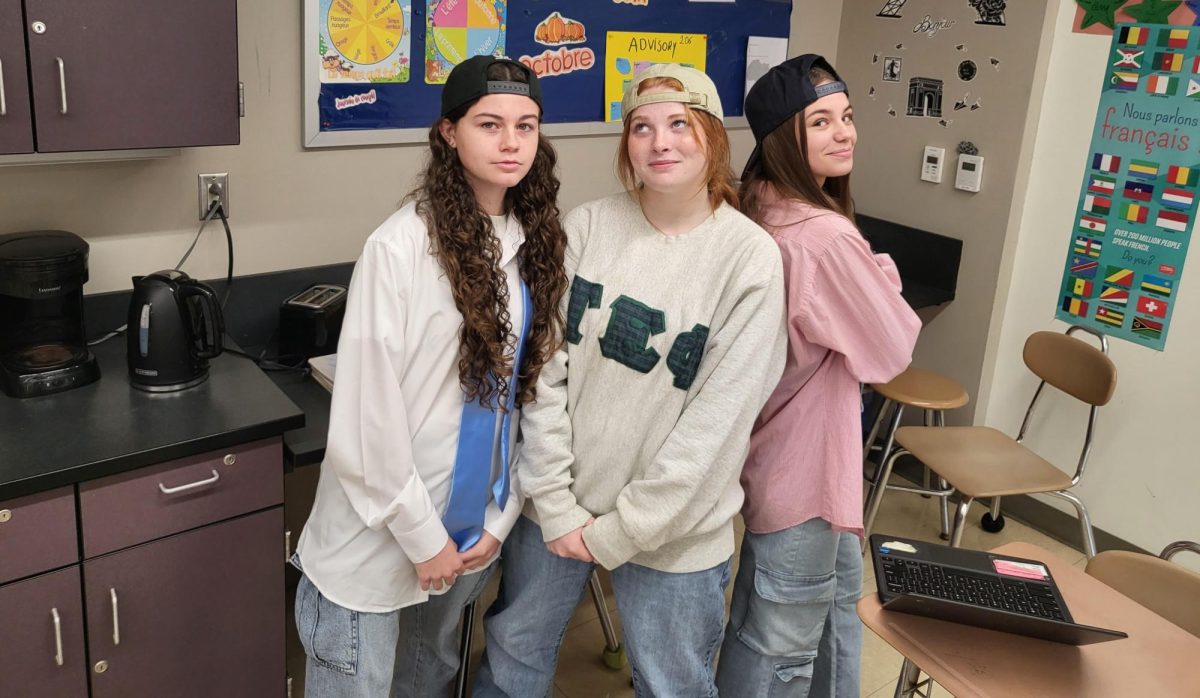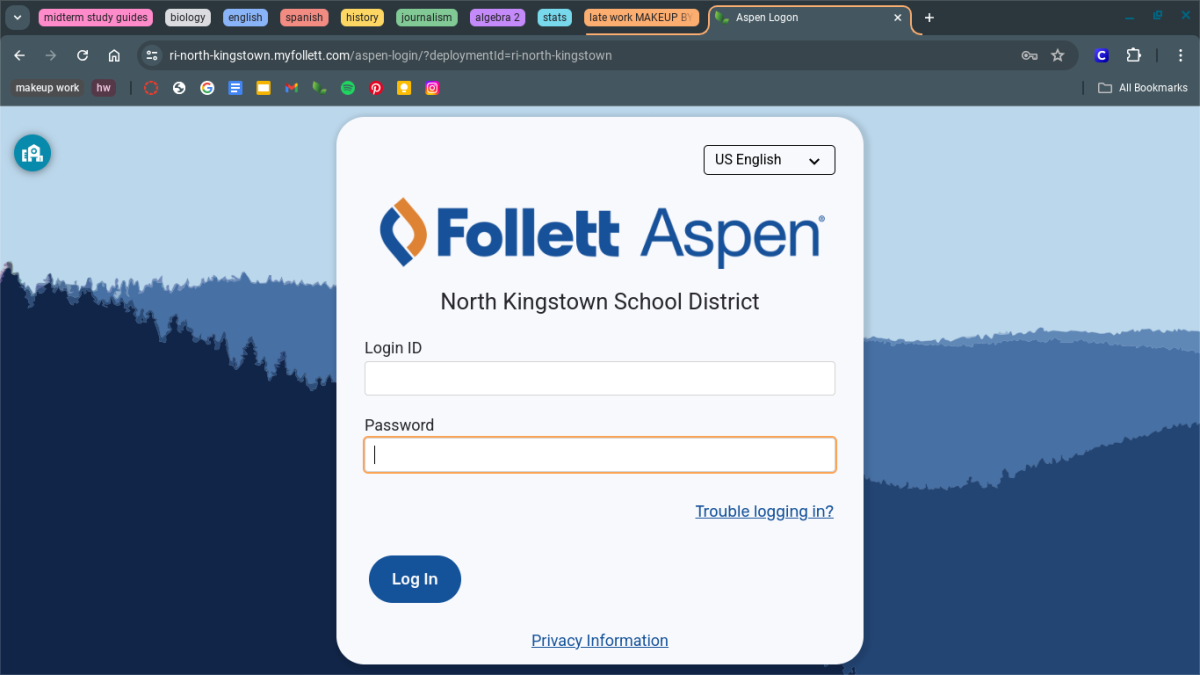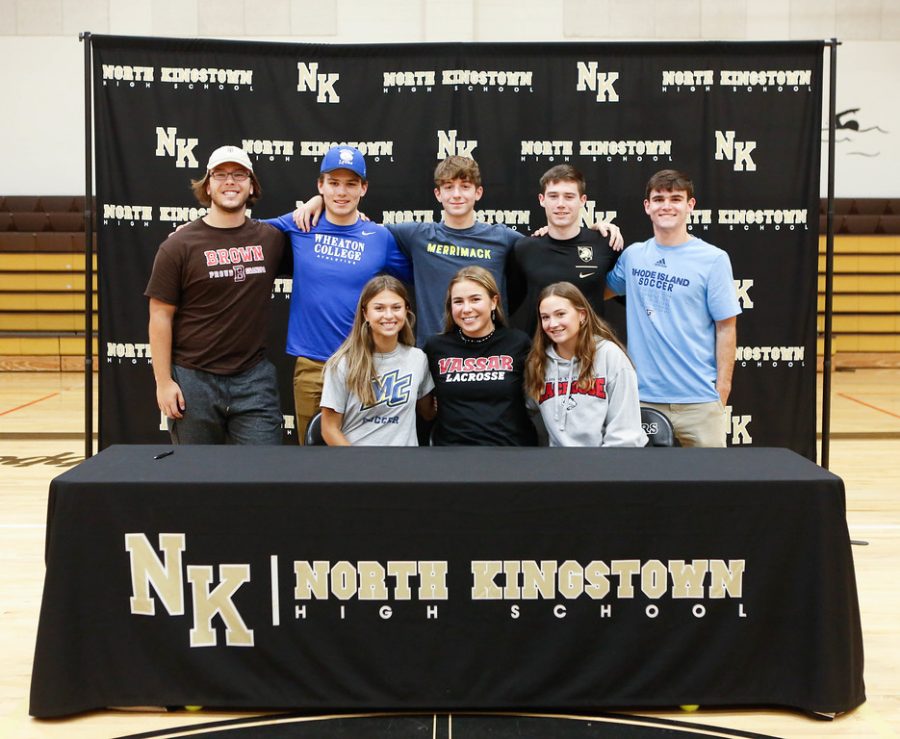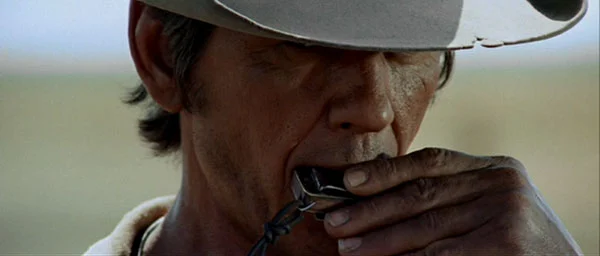A New York state of mind: New perspectives gained from journalism conference
Clusters of towering buildings stand under the glistening New York City sun, surrounded by lush patches of grass, sprinkled with diverse students on the Columbia University campus. The names of ancient Greek philosophers are etched into the stone of the charisma and wisdom laced classrooms that hundreds of teenagers flood into, eager to learn about the exclusive arts and techniques that create the most prestigious newspapers, yearbooks, magazines, and photographs.
November 3rd, 2014 marked the 75th anniversary of Columbia Scholastic Press Association’s Annual Fall Conference in New York City. The conference provided opportunities for young minds to gain knowledge in our nation’s busiest city and Ivy League college. I attended a variety of seminars led by individuals who work in a variety of places, including St. Marks School of Texas and The New York Times.
Columbia’s sprawling campus located on the Upper West Side only four miles north of Time Square and three miles north of Central Park, welcomes speakers, students, and advisors from across the country to share national journalism knowledge.
Four newspaper students including myself and juniors Sara Boldt, Hannah Stall, and Emily Jones; one aspiring staff member junior Daniela Went; two yearbook students, seniors Casey Wahl and Katie Johnson; and newspaper and yearbook adviser Mrs. Elizabeth Kenworthy, traveled to New York City on Sunday, November 2 and returned after the conference on Monday, November 3 via the Amtrak train.
We explored the city all Sunday afternoon, visiting the 9/11 Memorial, Time Square, and John’s Pizza. Walking the streets of NYC alone provided a sense of adventure difficult to obtain in any other city.
On Monday, I attended my first seminar hosted by Ray Westbrook, a newspaper and yearbook adviser at St. Mark’s School of Texas. Titled “Issue Driven Coverage,” this session expressed the significance of drawing article topics from national news and then relating back to the student body.
An all boys school of 350 students, 40 members of St. Marks make up The Remarker (their newspaper) and 150 individuals are enrolled in journalism. They highlight their issue driven coverage, while less timely news plays a smaller role.
Many of their articles have received a plethora of attention and success because their topics are crucial issues outside of their school. Controversies including feminism, the economy, gay rights, bullying, verbal abuse, binge drinking, and crime statistics have been explored by his students in the past years.
Inspired by engaging topics and methods of discovering these ideas, I entered Columbia’s mathematics building to listen to Michael Lydon’s “Music of Writing.”
An experienced and passionate journalist, Lydon began his 45 minute period with, “All humans are equal. This is because no one knows what is going to happen next. This gives us a chance to commune with each other.”
He continued with explaining how writing is a sound based system, and the importance of tone of voice, repetition, short sentences, balanced phrasing, and alliteration. Lydon is an author, teacher, and musician residing in New York City.
He also assisted Robert Greenman with his seminar, “Writing Bright with The New York Times,” who has been involved in high school and college journalism, The New York Times, and various other associations. Greenman illustrated the cruciality of the title and lead of an article, and how to manifest one with a refreshing, witty, and powerful flair. He urged us to write poignant and moving articles, as “the most spellbinding newspaper stories are those filled with emotion or those that fill readers with emotion.”
After attending “A Broad Overview in Poetry” by Dean Kostos and “Winning Awards for Your Opinions” by Edmund J. Sullivan, our journalistic information seminars came to an end, as did our time spent at Columbia, as all good things must.
My classmates and I were able to leave New York City (sadly) with unique and compelling ideas. Exposure to the success of other schools and professionals opened a world beyond NK, and developed determination to take our abstract ideas and publish them.
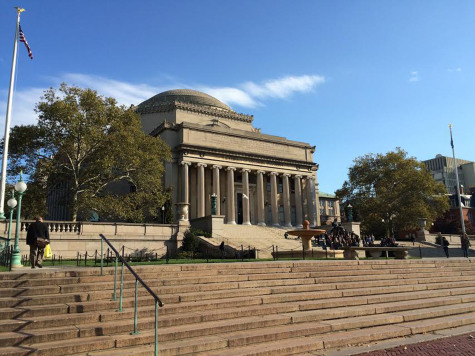
The Library of Columbia University
Your donation will support the student journalists of North Kingstown High School. Your contribution will allow us to distribute a print edition of the Current Wave to all students, as well as enter journalism competitions.


